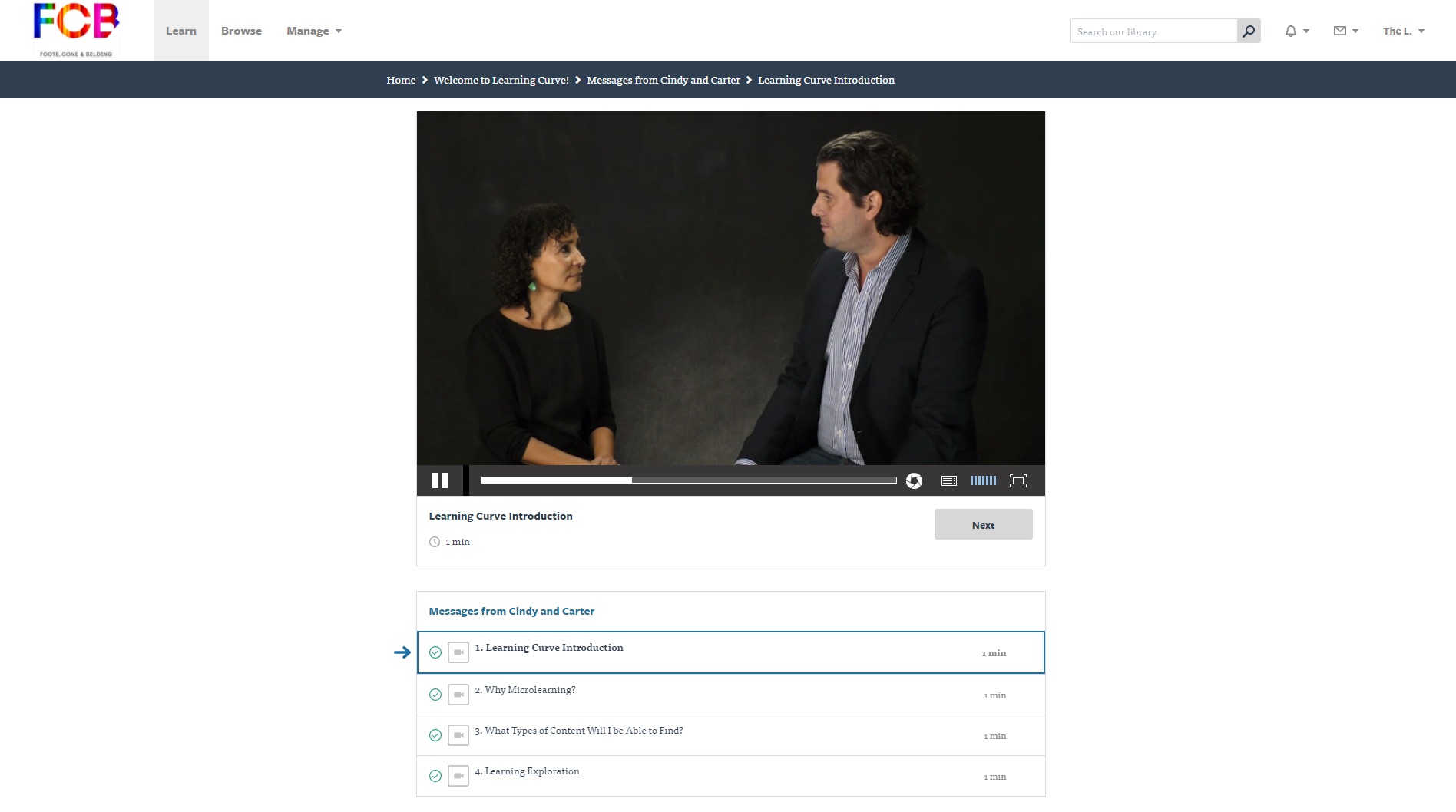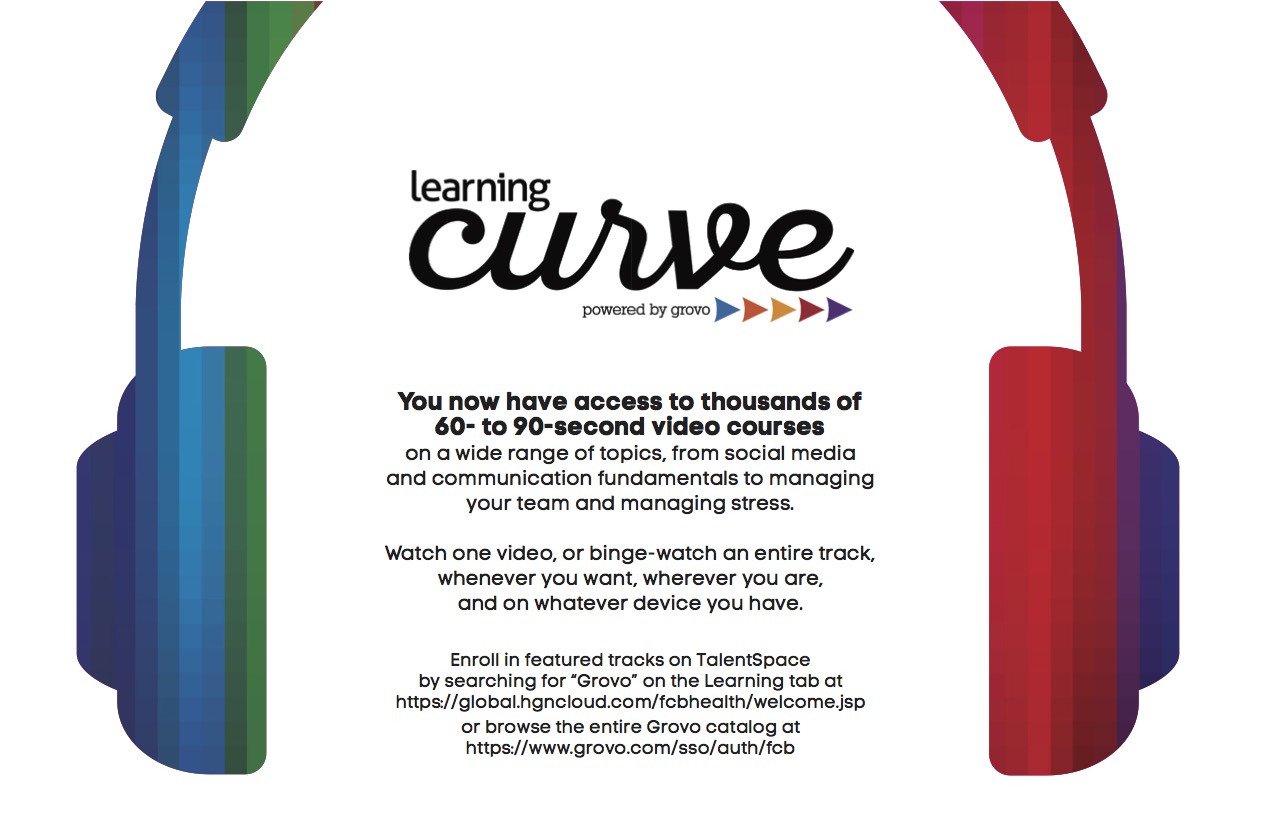Training executives might want to start thinking more like Hollywood producers, at least when launching learning initiatives. This means allocating resources to effectively market and promote their offerings.
If a Hollywood studio makes a movie for $50 million, how much would you expect it to spend on marketing? If you guessed more than $25 million, you’re probably right. The amount studios spend on teaser trailers, movie websites, billboards, TV ads, and other promotional materials is typically 50 – 150 percent of the production budget. This is because studios want to make sure that their films attract attention.
Can you say the same about the training and learning programs you offer? If you want users to know about and take advantage of your offerings, you must actively market and promote them. Are you launching learning like Hollywood producers? Here are five tactics to consider.
1. Launch around a moment of need
The first step in launching a successful learning program is to find or create a moment of need. A moment of need is a motivational window in which someone is open to help, guidance, or training. Moments of need include:
- Starting a new job
- Being assigned a new project or responsibility
- Using new technology
- Getting a promotion
- Receiving constructive feedback
- Going through organizational changes (e.g., merger, global expansion, launching a new product, etc.)
If there is no pressing point of need, a leader could create one by assigning a new project, giving someone a new responsibility, or declaring a new company initiative to create motivation and emotional context around a learning program.
2. Get executive endorsements
In Hollywood, celebrity endorsements carry a lot of weight. The same is true in the workplace. The right executive endorsement will capture the attention of learners and create company-wide excitement.
Holly Brittingham, senior vice president of global talent and organizational development at ad agency Foote, Cone & Belding (FCB), recruited a pair of executives to endorse the Learning Curve, the company’s new microlearning initiative with Grovo. FCB’s chief executive officer and chief talent officer appeared in a series of short videos touting the value of the program.
In addition to creating interest around a program, executive endorsements signal to the entire organization that leadership is paying attention to the results. This is especially true for managers, who tend to engage more deeply with training when they know that senior leaders, as well as their direct reports, have expectations for the outcome.

Figure 1: In a series of short videos, FCB executives tout the new Learning Curve program
3. Run a messaging campaign
In Hollywood, marketers don’t just drop a single advertisement to announce a new product. They send a series of coordinated messages over the course of several weeks or months. Similarly, L&D must think in terms of a coordinated campaign. Remember that your learning program doesn’t launch once; it launches every time someone engages with it for the first time, or for the first time in a while.
To maximize the number of successful launches, take stock of the channels your audience uses. This may include email, communication tools like Slack or HipChat, and even text messages, as long as you have learner approval. Communicate and promote your program across all of them.
Drip marketing is a communication strategy that sends a set of messages to the audience over time. Adopt this type of approach with your learning. Send messages before launch to create anticipation, launch with fanfare across multiple channels, and then keep reminding people of the program.
A prolonged messaging campaign has three benefits:
- It gets people into the habit of learning regularly, which helps sustain learning programs.
- It encourages repeated access to learning content. This spaced learning over time leads to stronger, more resilient knowledge and skills.
- It develops a rapport with learners that you can use when promoting future programs.
4. Create a teaser trailer
Hollywood creates teaser trailers to spark interest among potential viewers. L&D can do the same to alert learners of what’s coming and why they should take advantage of it. Your short video should communicate the benefits of a learning program, preview some content, and tell the story behind the initiative.
Here are some questions a good trailer should answer:
- What am I going to get out of this program?
- How is it going to make my life easier or better?
- Why is it important to the company?
Below is an example of a teaser trailer we created at Grovo for our own internal management training. Can you create something similar to promote your upcoming training program?
5. Don’t forget about paper-based promotions
As work becomes increasingly digital, it can be easy to forget about the power of paper. Use it creatively to help promote your learning programs. Here are some ideas:
- Posters hung in office hallways can inspire and remind your audience to engage with your programs.
- Cards or QR codes placed in relevant areas of the office can also spur engagement. In conference rooms, promote training for running better meetings by placing a card or QR code with a link to your training program on that topic.
- Surprise employees at their desks. To publicize their aforementioned Learning Curve initiative, FCB placed cards describing the program, along with a new set of headphones, on workers’ desks.

Figure 2: When FCB launched its new learning program, employees received this card detailing the initiative, along with a free set of headphones
In conclusion
Don’t be shy about applying Hollywood-style marketing techniques when launching your learning programs. Give your new initiative the start it deserves with a well-planned, coordinated effort. Using one or all of the techniques above will attract attention and get employees excited. When launching learning like Hollywood producers, L&D leaders may create blockbuster hits!



